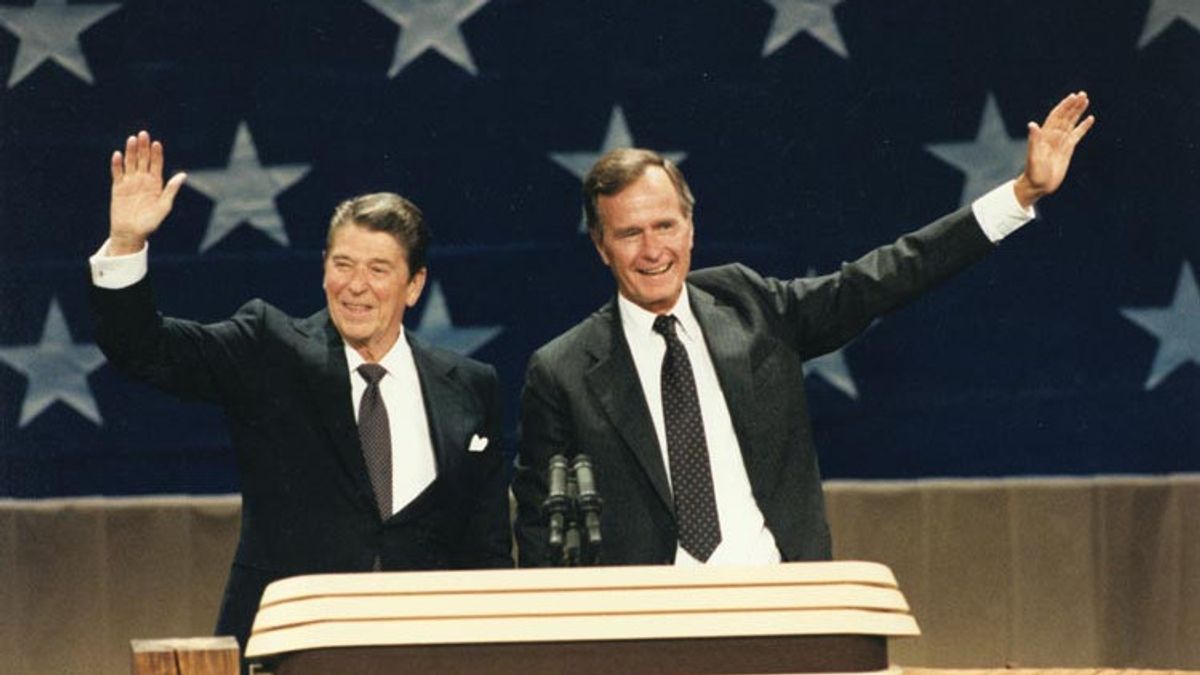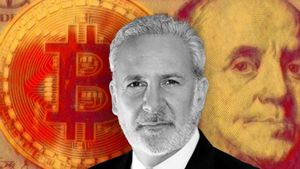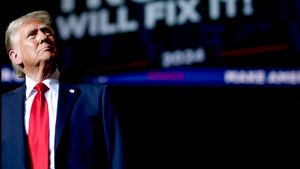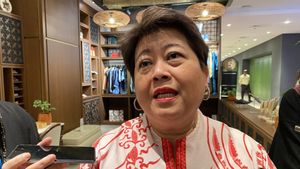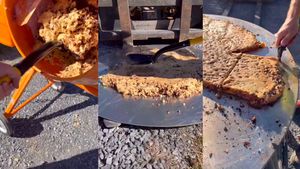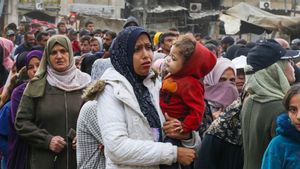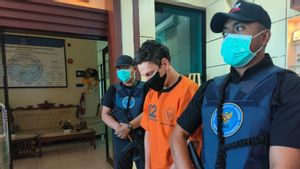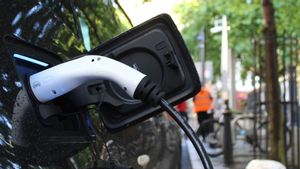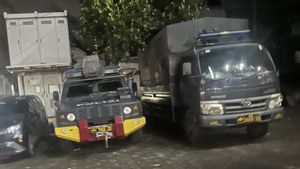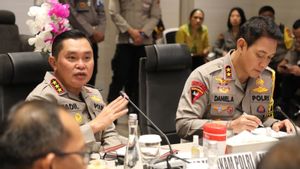JAKARTA - On October 5, 1986, the Iran-Contra scandal was revealed when United States Marine (US) Eugene Hasenfus was arrested by Nicaraguan troops. He was caught after the plane he was traveling in was shot down. This scandal proves the US involvement in terrorism in the Middle East.
Hasenfus previously sent military supplies to Nicaragua for use by the Contras, the Sandinista Communist rebels and opposition groups in Nicaragua's Government of National Reconstruction. The Contra group was funded by the US to fight the Sandinistas.
Citing History, documents found on people killed in plane crashes provide evidence that the US government used proceeds from illegal arms sales to Iran to support the Contras in Nicaragua. One of the people in charge of this operation was Lieutenant Colonel Oliver North.
A Congressional investigation began in December 1986, revealing the scheme to the public. Many figures from President Ronald Reagan's administration were called to testify. Marine Lieutenant Colonel Oliver North is believed to be the officer in charge of coordinating arms sales and channeling money to the Contras. His testimony, in particular, demonstrates the pompous stance taken by the Reagan administration to flaunt congressional resolutions and actions.
This scandal rocked the Reagan administration and shook public confidence in the US government. A total of 11 members of President Ronald Reagan's administration were eventually convicted on various charges related to the scandal. Hasenfus was tried and sentenced to 30 years in prison by a Nicaraguan court, but was released just weeks later.

The Iran-Contra scandal is the biggest international scandal the US Government has ever faced. At that time, the US was tantamount to being involved in terrorist movements in the Middle East and worsening the situation in Central America in the Cold War.
During the US election campaign, Ronald Reagan realized he would lose prestige with his rival Jimmy Carter. Reagan's success team, led by George HW Bush, racked his brains to win the election. At that time, news broke that as many as 52 US citizens were held hostage at the US Embassy in Tehran, Iran. Ronald Reagan's campaign team secretly formed a conspiracy to free the hostages as well as raise Reagan's prestige to win the election.
Bush is seeking negotiations with the leader of the Iranian Islamic Revolution, Ayatollah Khomeini. The initial plan went smoothly because Khomeini was cooperative. He sent the prime minister of Bani Sadr directly to Paris, France, where the secret meeting was agreed upon by both parties. In addition to Bush, Reagan's campaign manager, William Casey, was also present at the negotiations.
Negotiations with Iran were carried out in secret to free 52 US hostages. The condition is that the US sends Iran supplies of anti-tank weapons to face Iraq in the Iran-Iraq war. Bush's team immediately agreed, they also asked that the hostages be released after the presidential election. Both parties agreed and the plan went smoothly.
In January 1981, Ronald Reagan was sworn in as US President. This inauguration amazed the American people because on the same day, 52 hostages arrived back to the US. Bush was appointed US Vice President and campaign manager William Casey became CIA Director.
Citing the Bill Rights Institute, Reagan then continued the ban on supplying weapons to Iran initiated by the Jimmy Carter administration. The State Department encourages other countries to join the embargo because Iran is a state sponsor of terrorism. The US arms ban added to Iran's predicament during the war with Iraq that began in 1980 and lasted until 1988.
On the other hand, the Reagan Administration is still on good terms with Iran in secret. Several of Reagan's advisers suggested that the US seek cooperation with Iran to secure the release of US hostages in Lebanon.

The fundamentalist Islamist group with close ties to Iran, Hezbollah, has begun to use US citizens in Lebanon as a way to prevent US intervention in the Lebanese civil war. National Security Adviser Robert MacFarlane proposed a plan to free US citizens held hostage in Lebanon.
MacFarlane made plans to sell US arms supplies to Iran in exchange for Iran to use its influence with Hezbollah to free US citizens captive in Lebanon. Secretary of State George Shultz and Secretary of Defense Caspar Weinberger objected, citing the Reagan administration's policy of not negotiating with terrorists.
MacFarlane, however, maintains that arms sales can build US influence. In July 1985, Reagan approved the MacFarlane initiative, hoping that it would free the hostages.
With Israeli assistance, US arms deliveries to Iran began in August 1985. By the end of October 1986, Iran had received more than 2,000 TOW anti-tank missiles as well as spare parts for HAWK anti-aircraft missiles. Hezbollah freed three US hostages, namely Catholic Pastor Lawrence Jenco, Pastor Benjamin Weir, and hospital officer David Jacobsen. But by the end of 1986, seven Americans were still being held captive.
As explained earlier, the Reagan Administration also helped the Contras fight against the Sandinistas in Nicaragua. The Sandinistas had the support of Cuba and the Soviet Union, seizing power in Nicaragua in 1979. The Sandinistas threatened to spread communism in Central America.
In December 1981, Reagan authorized the CIA to provide covert training and assistance to the Contra forces, who were waging a guerrilla war against the Sandinista government. The cost for these purposes comes from the illegal sale of weapons to Iran.
*Read other information about TODAY's HISTORY or read other interesting articles from Putri Ainur Islam.
TODAY'S HISTORY MoreThe English, Chinese, Japanese, Arabic, and French versions are automatically generated by the AI. So there may still be inaccuracies in translating, please always see Indonesian as our main language. (system supported by DigitalSiber.id)
